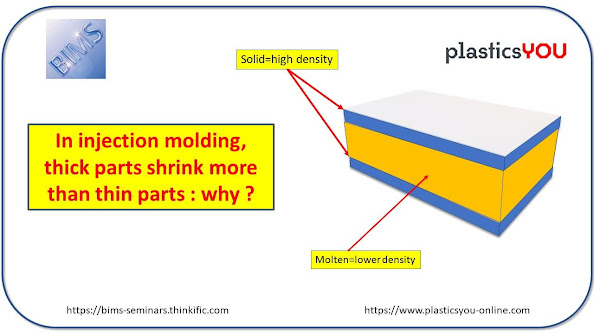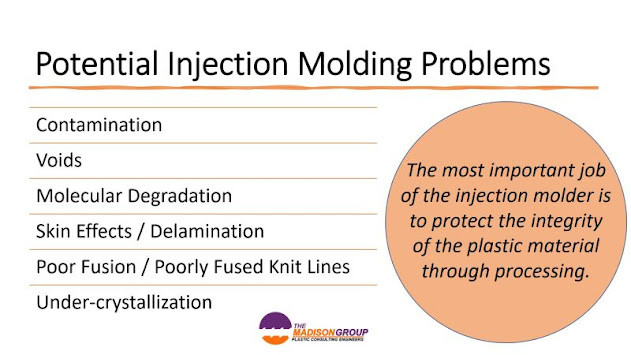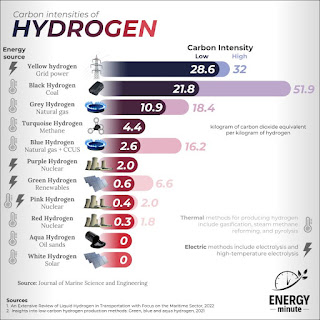Today's KNOWLEDGE Share:FROZEN SKIN

Today's KNOWLEDGE Share: The frozen skin that develops during fill will barely subsequently shrink, since it is already solid ! As a consequence, thin parts, where the frozen skin represents a significant fraction of the thickness, will shrink way less than thick parts where frozen skin is a negligible fraction of total thickness! Note that since frozen skin is highly fill-rate dependent, when filling slowly you will observe less shrinkage, hence less need for pack. The IMFLUX process (low pressure molding) does indeed claim essentially no need for a pack. While this is true, please note that filling as slowly as possible (near 100% frozen skin at end of fill, just before risking a short-shot) means that you will produce VERY ORIENTED plastic parts with : - very high birefringence (amorphous) - very anisotropic mechanical properties (semi-crystalline). Many technical parts would rather benefit from low molecular orientation and maximum isotropy of performance, hence a faster fill f




